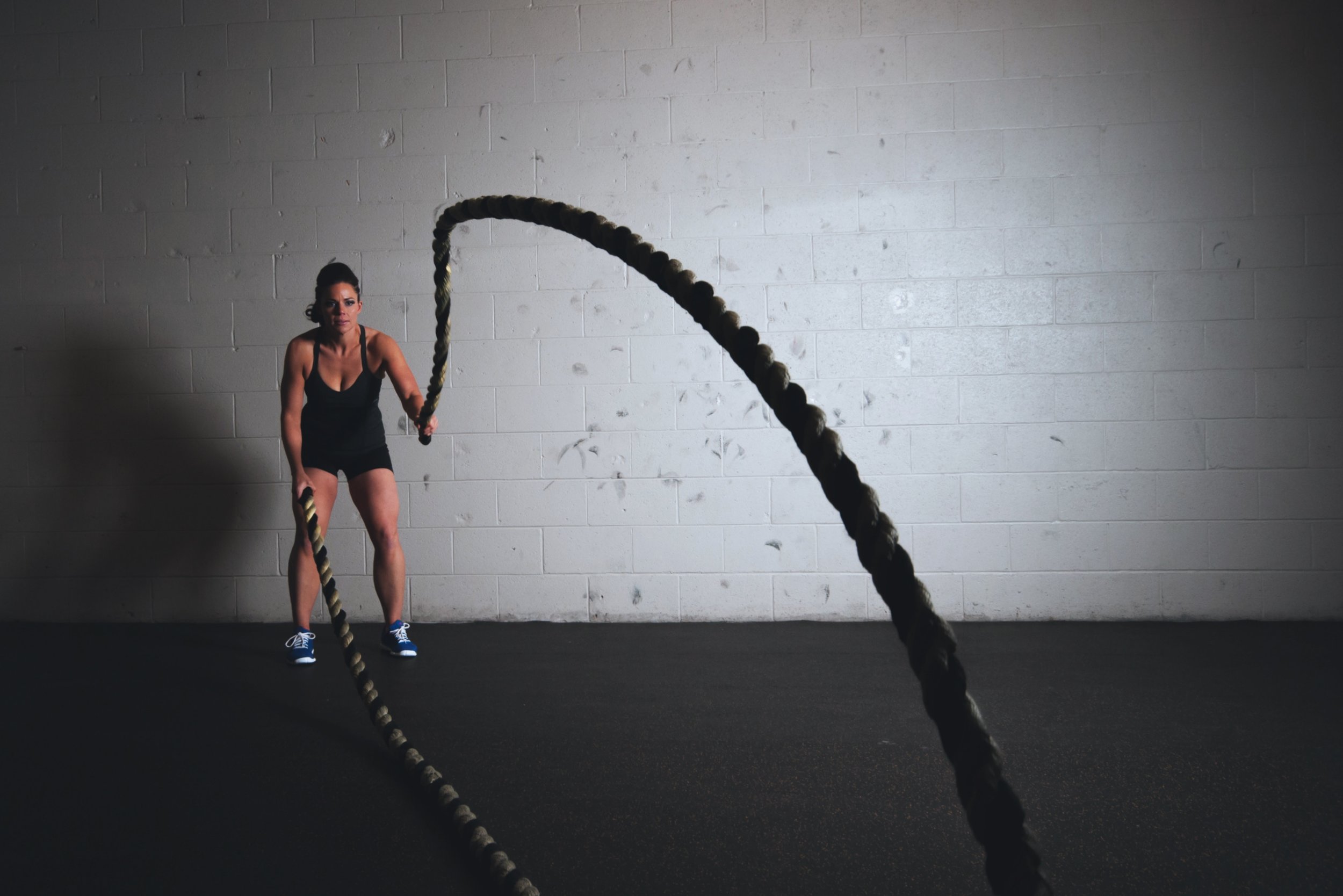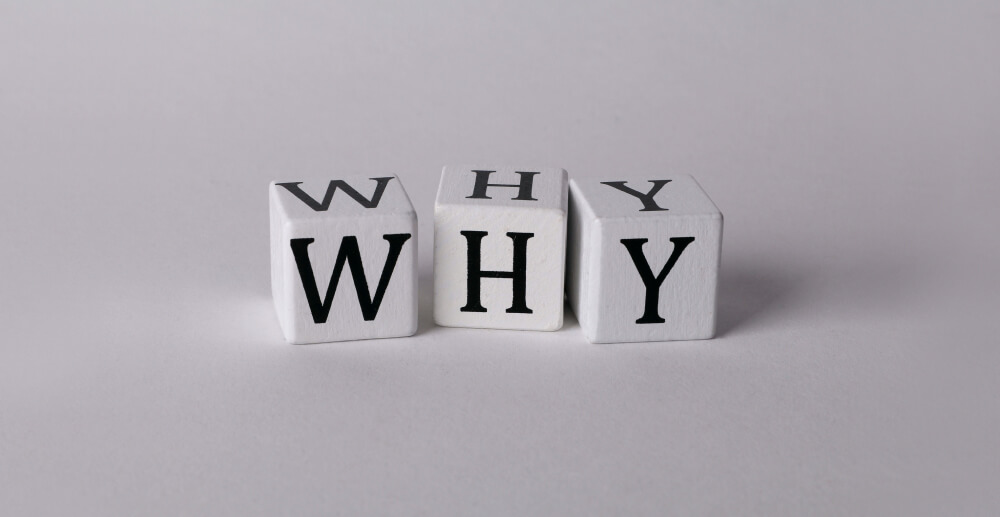Some tips and tricks I used to help ease the discomfort of withdrawal when I tapered from methadone and buprenorphine.
Deciding when—or if—to taper off your opioid-based medication is intensely personal. If you’re taking buprenorphine or methadone for addiction treatment, you might feel pressure from friends and family to get off your medicine. But that doesn’t mean you have to do it. These medicines serve a purpose, just like any other medication. The fact that they are misunderstood and stigmatized does not change that they are highly effective, life-enhancing treatments for opioid addiction. There is a robust body of research backing these medicines; in fact, they are currently the only treatments for opioid addiction shown to reduce mortality by 50% or more. So don’t let anyone tell you that you need to get off your meds: Only you know whether discontinuing opioid-based pharmacotherapy is right for you.
“Don’t let anyone tell you that you need to get off your meds: Only you know whether discontinuing opioid-based pharmacotherapy is right for you.”
If you do decide that you would like to stop taking opioid-based medication, or if you’ve found the cost of these medications too prohibitive to continue, tapering slowly will help decrease withdrawal and post-withdrawal symptoms, and minimize your chances of relapse. Ask your provider to work with you to create an individualized taper plan. Like the decision to get off the medications, the way you conduct your taper should be personal and tailored to your needs, desires, and biology. So I can’t help you formulate a personalized taper plan—but I can give you some tips and tricks that I used to help ease the discomfort of withdrawal when I tapered from methadone and buprenorphine (respectively).
“Tapering slowly will help decrease withdrawal and post-withdrawal symptoms, and minimize your chances of relapse. ”
Establish an Exercise Routine
I know, I know. This sounds awful. Anyone who has been through opiate withdrawal knows that working out is the absolute last thing you want to do. Even the mildest withdrawal can leave you feeling totally drained of energy. That’s why I recommend establishing an exercise routine before starting your taper. It doesn’t have to be anything insane; some brief body weight circuits, a jogging routine, or a yoga practice are all great, inexpensive ways to incorporate fitness into your day.
Exercise is important because it helps promote the production of endorphins—those delightful little natural opioids that I like to call “brain morphine.” Seriously, the rush of a good run is actually akin to the rush of heroin, but you’re doing something healthy that doesn’t drain your finances and throw your life into chaos! Research has shown that regular exercise helps reduce anxiety and promote drug abstinence in people with substance use disorders. For me, it builds my resilience. Completing a hard run or circuit helps me viscerally understand that it is actually possible to finish difficult tasks—a skill many of us lose in active addiction. And one that comes in handy when you’re getting through a taper.
Because the taper itself will sap you of some of your energy, you may need to tone down your routine. That’s okay. Even doing a modified version of your normal exercise routine will help your brain repair its endogenous opioid system, while also reducing anxiety and combating some of the insomnia associated with withdrawal.
“Completing a hard run or circuit helps me viscerally understand that it is actually possible to finish difficult tasks—a skill many of us lose in active addiction.”

Cut Down on Caffeine and Refined Sugar
Do you hate this list? I’m sorry. If it helps, I am a total coffee fiend. I have to drink a cup of coffee in the morning before I do literally anything else. And sugar is pretty sweet too (sorry, I couldn’t resist that one). But seriously, giving up coffee and sugar is not something I loved doing. Still, I have to admit that it helped. That’s because caffeine, a stimulant, and refined sugar can contribute to feelings of anxiety and restlessness that come alongside your withdrawal symptoms. Of course, caffeine can cause a mild physical dependence as well, so if you just cut it out completely the moment you start your taper, you could put yourself through dual withdrawal. And that’s not going to feel great.
Like the exercise, it helps to cut back before you start the taper. I went down to one cup of coffee per day, and cut out almost all sugar from my diet—I even replaced the sugar in my coffee with agave, which has a lower glycemic index than refined sugar and caused less agitation when I drank it. You also don’t have to cut yourself off from these substances entirely. It might be that having a candy bar is the psychological balm you need to get through a particularly difficult craving period. It’s up to you to weigh the pros and cons for yourself. Just know that these substances may increase your anxiety, so if you’re going to indulge, try to do it shortly before an activity that will reduce your anxiety—like exercising! I found that cutting back was enough during the milder parts of my taper, but when I got down to the last week or so, I needed to cut off the coffee altogether. Replacing it with a non-caffeinated hot tea helped me get through the weirdness and psychological discomfort of not having my cup of joe in the morning. You better believe that first brew once the withdrawal abated felt and smelled like heaven.
Stay Hydrated
Honestly, remembering to stay properly hydrated is something you should just do in general. It sounds obvious, but I didn’t even realize how often I was mildly dehydrated throughout the day until I started being intentional about my water intake. Staying hydrated helps your body function to its best capacity. Which is important when you are detoxing drugs out of your system. You’ll think more clearly, have more energy, and may even have better blood pressure regulation—which could help decrease some of those awful chills.
Some of the symptoms of withdrawal cause fluid loss. If you’re tapering properly, you shouldn’t be vomiting or having diarrhea, but you may still experience some loose stools and sweating. Remembering to stay properly hydrated—with plain water, coconut water, or a sports drink (just watch out for the refined sugar content)—will help restore those lost fluids and keep you safe and comfortable.

“I didn’t even realize how often I was mildly dehydrated throughout the day until I started being intentional about my water intake. Staying hydrated helps your body function to its best capacity.”
ASMR
Alright, now to get weird on you. And totally not evidence-based at all. But that’s just because the topic hasn’t really been researched! ASMR stands for “autonomous sensory meridian response,” and it’s a made up, not-at-all scientific term (even though it sounds rather sciencey). The term describes a sensation of pleasant tingles that some people experience in their head and body when they hear certain sounds. I’m not sure exactly how the trend started, but several years ago, some people started creating odd YouTube videos in which they whispered into microphones and pretended to give the viewer a haircut, facial, or other personal, non-sexual services. More recent videos have moved beyond the pantomime to just making sounds—like tapping, scratching, and scraping—into microphones. They are best listened to with headphones, and individual triggers vary, so you may need to scroll through the ample YouTube selection before you find one that works for you. Of course, it might not work for you at all. Although not enough research has been conducted on the phenomenon to know exactly how many people do and don’t experience it, the consensus is that some people, sadly, do not.
If you do get the tingles, this simple, free activity can be incredibly relaxing. Some people describe it as a “head orgasm,” so that kind of tells you everything you need to know right there. When I was getting off methadone, ASMR videos were the only thing that would put me to sleep. The sensations induce an intense feeling of pleasurable calm, which helped to reduce agitation and insomnia during my tapers. Of course, if you don’t experience ASMR, you could always go the “real orgasm” route…my trauma history makes it difficult for me to do anything sexual when I’m detoxing and feeling extra sensitive and triggerable, but I’ve heard people swear by it!




